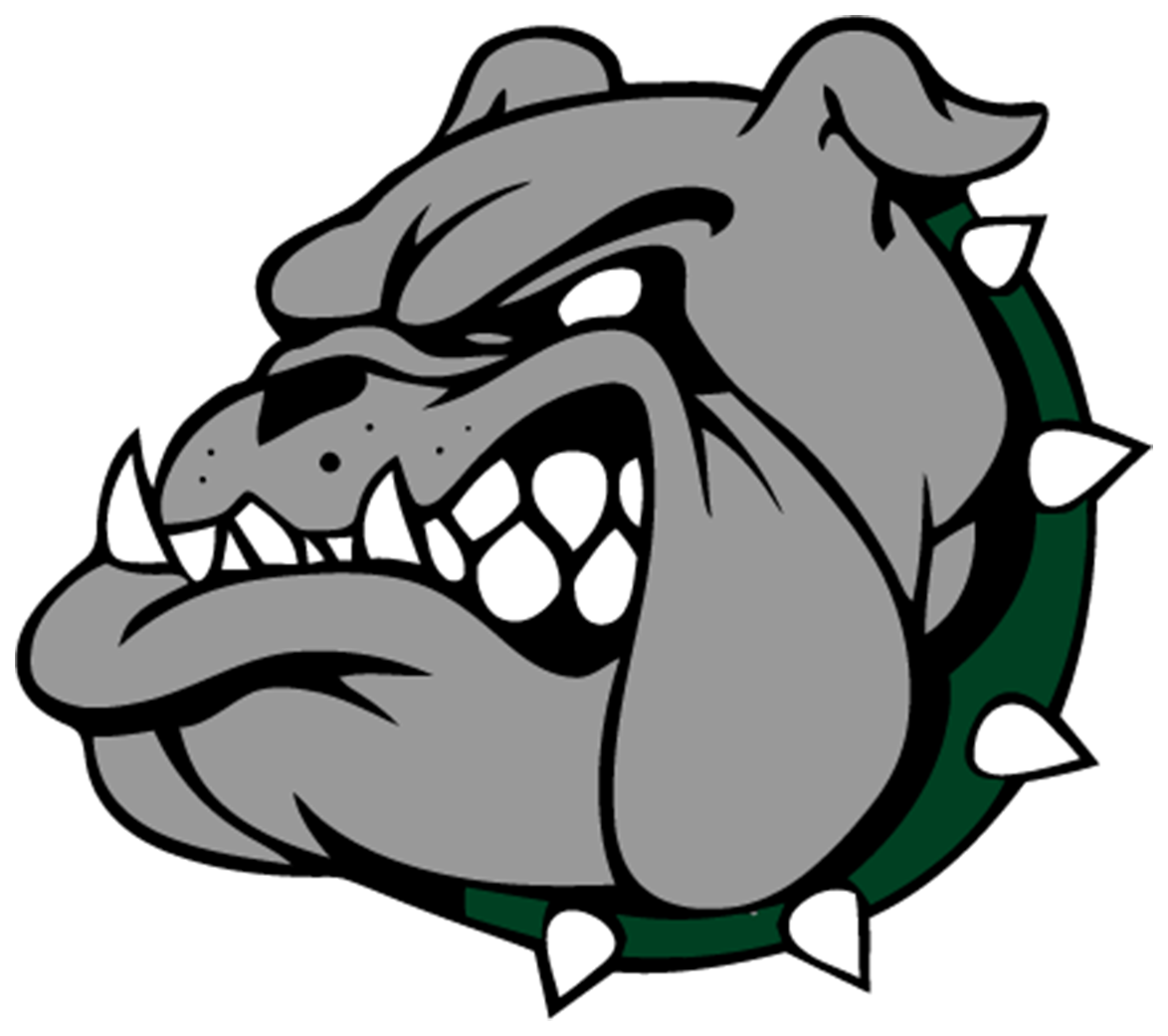Gorichky's Chemistry Students Complete a Dilution Experiment by Antonio Rivera
On Thursday afternoon, April 24th, 2025, in Mrs. Gorichky's chemistry room, Elissa Bower, a focused 10th-grade student, meticulously poured a vibrant blue stock solution from a beaker into a slender graduated cylinder. The task at hand was a dilution experiment, a fundamental procedure in chemistry aimed at reducing the concentration of a solution by introducing a solvent, in this case likely water. The graduated cylinder, with its precise volume markings, was essential for obtaining an accurate measurement of the initial, more concentrated blue liquid. "Doing labs like this really helps me understand what we learn in class," Elissa mused, her brow slightly furrowed in concentration. "It makes it easier to see how things work instead of just reading about it. When you actually get to handle the materials and watch what happens, it just clicks better."
With the blue liquid carefully measured, Elissa prepared for the next step in the dilution process. The measured volume represented the 'before' in her experiment, the starting point from which she would calculate and achieve a less concentrated 'after'. This hands-on experience provided a tangible link to the abstract concepts of concentration and volume taught in her science lessons. "Plus," she reflected, carefully noting the volume on the cylinder, "when you get to use the lab stuff and actually see what happens, it makes learning stick better in your brain. It's way more interesting than just looking at numbers on a page." The act of physically manipulating the liquids and observing the changes would undoubtedly solidify her understanding of dilutions in a way that textbook learning alone could not.

